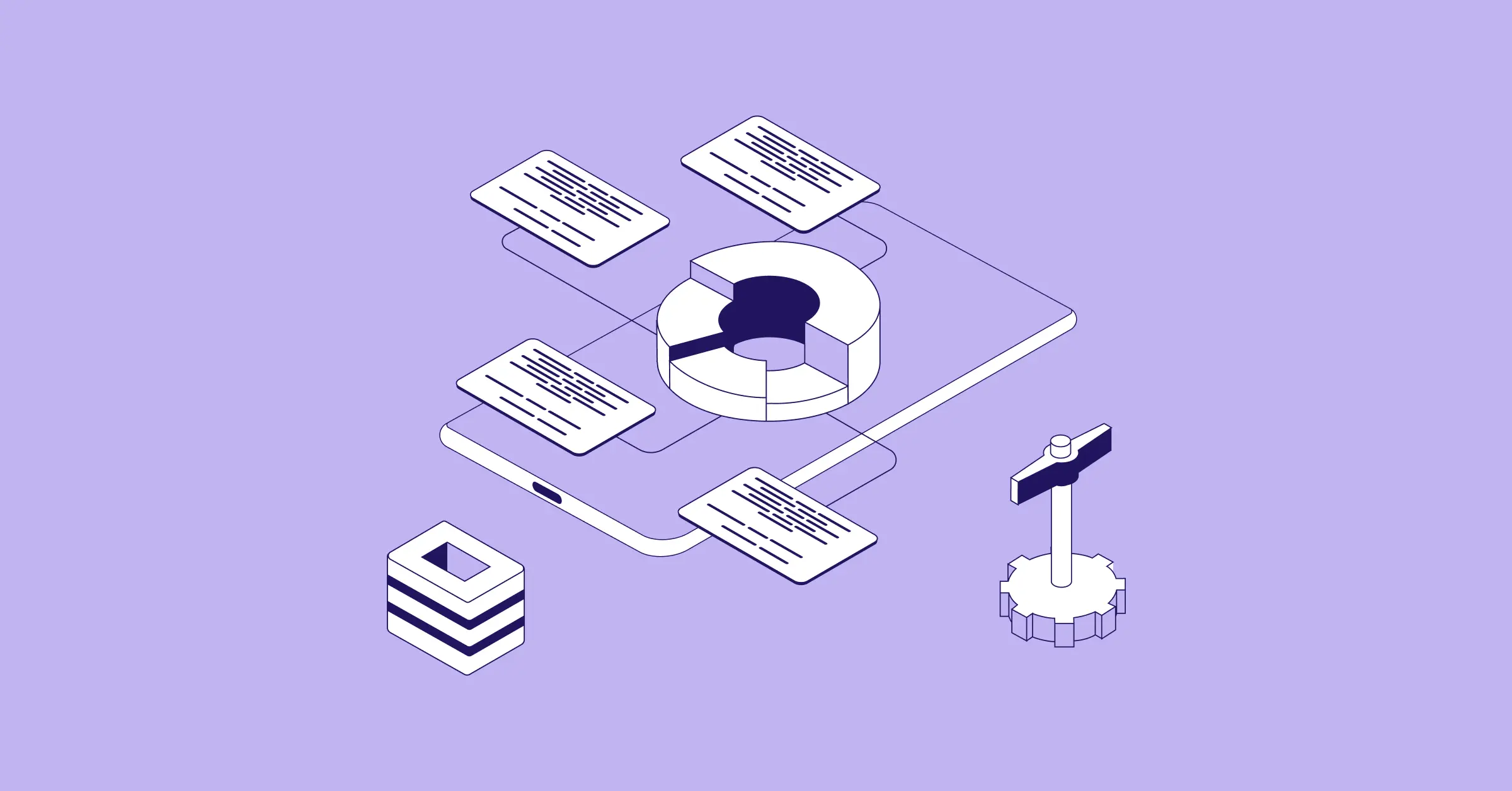November 06, 2022
5 Financial Forecasting Models You Should Know About

Sign up for our newsletter
Stay informed with the latest trends and best practices in finance and procurement.

When making strategic decisions that directly impact a company’s future, CEOs turn to financial forecasting. This practical tool can aid in decision-making as it uses historical data instead of simply making an educated guess. Armed with the information they need, business leaders can then choose their next moves wisely to steer the company toward more expansion and positive growth. Learning the tenets of financial forecasting will benefit companies across all industries.
This article will cover the following topics:
- What is financial forecasting?
- Why are financial forecasting models important?
- Top financial forecasting models you should consider
- Forecast better with Fintech
What is financial forecasting?
Financial forecasting describes the process a business uses to determine its financial performance in the future. Forecasts are utilized most in strategy sessions that impact a company’s financial future. From financial projecting to budgeting, financial forecasting is instrumental in making critical decisions that positively impact a business’s future. These forecasts use historical data, including current and past information, to make more accurate projections.
Financial forecasting assists business leaders in making future plans that are aligned with business goals. It helps when planning new product launches, budgeting, or purchasing new inventory. However, financial forecasting is not budgeting or modeling. It is a predictive process that aids in budgeting, modeling, and predictive analyses. An economic forecast projects a company’s expected performance over a specific time period. In general, there are two categories of financial forecasting models, and these are qualitative forecasting models and quantitative forecasting models.
Why are financial forecasting models important?
Financial forecasting models are essential as they give a business an improved sense of its financial future. This aids in helping the company adjust to the ever-changing marketplace to be positioned for success. Being able to anticipate new opportunities ensures that it can effectively take advantage of them. Additionally, forecasting allows a business to see potential upcoming challenges and problems. This allows the company to take the necessary steps to mitigate or avoid these challenges entirely. Ultimately, financial forecasting offers the insights needed to take predictive action to benefit the company’s long-term financial well-being.
Top Financial Forecasting Models you should consider
There are different financial forecasting approaches, which are referred to as financial forecasting models. The type of forecasting model you select will depend on various factors related to the information available. The model one chooses also links to where the business is in its lifecycle. Utilizing qualitative and quantitative forecasting models assists with anticipating market trends’ effects on sales, budgeting, and optimizing the company’s existing resources. Below are 5 of the top forecasting models you should consider when performing financial forecasting.
1. Top-Down Financial Forecasting Models
A top-down financial forecasting model looks at external statistics to aid in the projections for the company. When using a top-down approach, a business can make evaluations without any historical data to pull from. This forecasting model uses factors such as the size of a new market when making a predictive analysis of how much market share a business can obtain. The key is to begin by assessing the market’s total size and then factor in how many customers could purchase from the company, amongst other variables. It’s also helpful to consider a business’s strengths and challenges when using a top-down financial forecasting model.
2. Bottom-Up Financial Forecasting Models
A bottom-up financial forecasting model is effective when access to financial statements and historical sales data is available. With this model, existing data, such as cash flow statements and sales numbers, are utilized to help make future predictions. Bottom-up financial forecasting is often seen as more reliable since it uses actual data and reduces the guesswork needed to make an accurate prediction. Bottom-up financial forecasting takes different statistical data into account, including expenses per department, production capacity, headcount, the total market size, and previous business performance. Using this data, the company will better understand its positioning when making future sales projections.
3. Statistical Forecasting Models
The statistical forecasting model is also referred to as the quantitative forecasting model. With this financial forecasting method, a business looks at how it compares to other similar companies using historical and quantitative information. Statistical forecasting is based on the available statistics for enterprises that mimic a company’s industry, size, and market share. Using this data, a business can make more accurate predictions for the future.
4. Correlation Forecasting
Another option when exploring the landscape of financial forecasting models is correlation forecasting. Correlation forecasting involves the process of keeping track of variables to see what influence they have on each other. It is also known as causal forecasting and explores the relationship between similar variables to see how they affect the outcome. With a clearer understanding of how these different components affect one another, it is easier to see how each one impacts the overall business.
5. The Delphi Forecasting Model
The Delphi method of financial forecasting is a qualitative forecasting model. This approach uses experts' opinions to better understand a company’s economic situation. The Delphi model provides insight into how a business is affected by changes in the marketplace. Every expert on the panel offers an estimated guess or personal opinion based on their field of expertise. This opinion helps assess the impact of the market on the business’s economic situation.
Forecast better with Fintech
Financial technology is instrumental when considering accurate financial forecasting processes. With Fintech, businesses have the resources, tools, data, and insight to make accurate projections. Automated financial technology solutions provide critical analytics in making the most efficient financial projections.
Regardless of the financial model that is chosen, financial technology can aid in the forecasting process. It is also helpful to consider the company’s maturity and goals when selecting a platform to assist with forecasting. PayEm is one of the most efficient connected finance solutions available on the market - their financial forecasting capabilities offer the following:
- Automated and connected finance systems
- Automated approvals
- Simplified multi-territory management
- Real-time data and analytics
- Make accurate financial predictions using reliable data
- Complete visibility for clear financial forecasting
As one of the most fully equipped modern fintech solutions, PayEm can aid in creating accurate financial predictions by providing access to real-time data and analytics. Curious to learn more about financial forecasting for your team with PayEm? Contact PayEm’s experts for a commitment-free, no-cost demo of the platform.


